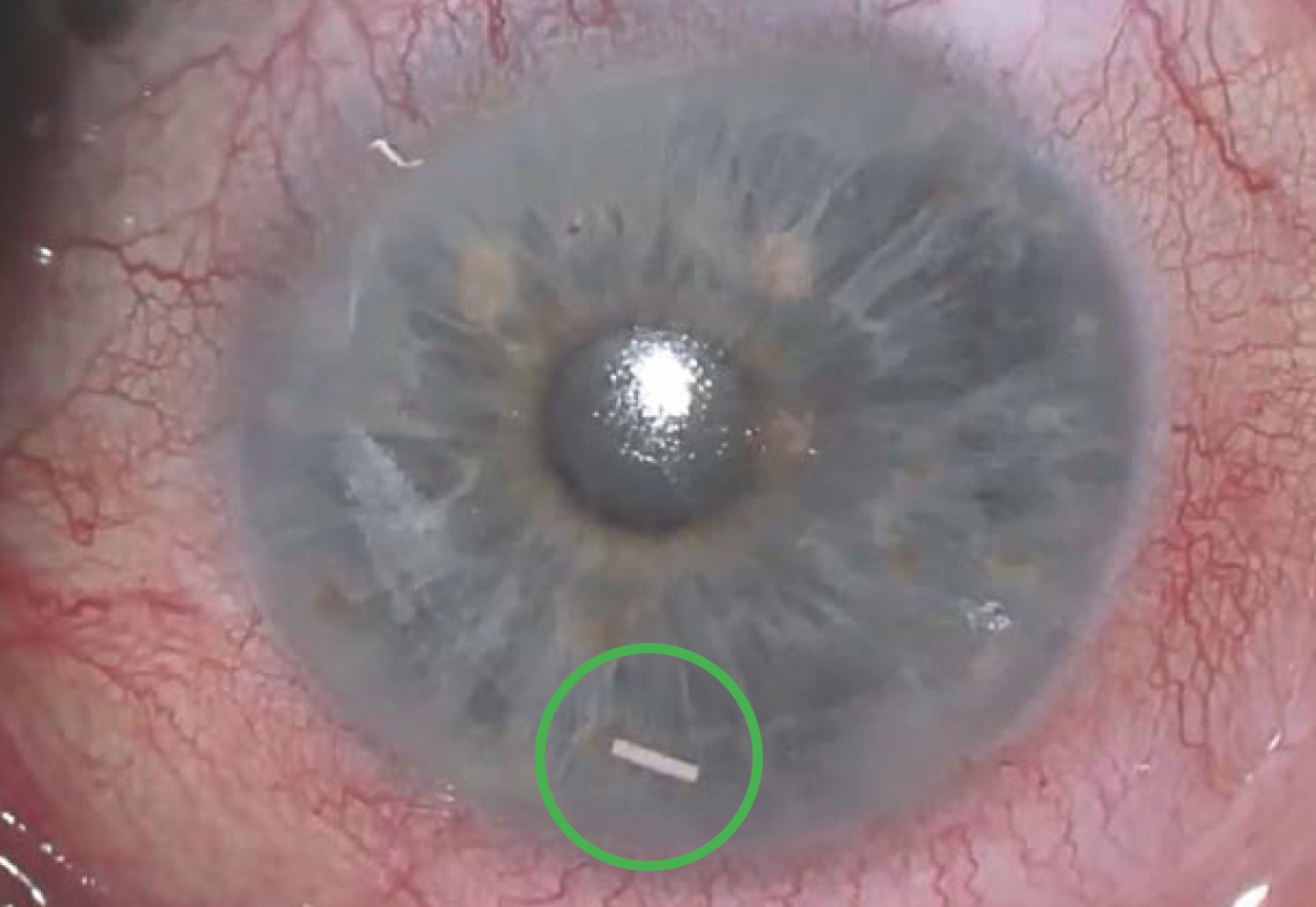 |
|
Researchers at Duke University examined the effect of the bimatoprost sustained release implant on the number of IOP-lowering medications needed by patients with glaucoma and found a significant decrease in those with mild/moderate disease up to six months, but only at one month in those with severe disease. Click image to enlarge. |
In order to lower intraocular pressure (IOP) in glaucoma patients, physicians commonly turn to topical medications as first-line treatment. While effective, patient adherence can make these treatments burdensome. Implants that provide sustained-release drug-delivery can circumvent these issues and provide consistent IOP control. The bimatoprost implant—Durysta, the first to be FDA approved—is a biodegradable polymer containing 10µg of bimatoprost that’s designed to lower IOP over four to six months in patients with open-angle glaucoma and ocular hypertension.
A new retrospective study published in Journal of Glaucoma looked at Durysta’s effects on IOP and the need for topical medications in glaucoma patients in the clinical practice setting. It found the mean number of IOP-lowering meds significantly decreased over the course of 12 months, especially in mild-to-moderate stage glaucoma.
A total of 83 patients and 92 eyes were included, with glaucoma severity ranging from mild (11%), moderate (30%) to severe (54%). The mean number of topical glaucoma drugs decreased by 0.81. 0.75, 0.63, 0.70, and 0.67 at months one, three, six, nine and 12, respectively. When divided by glaucoma severity, those with mild/moderate disease had the most significant reduction in medications at one, three and six months; and at one month for severe disease.
It was of particular interest to the authors to include patients with severe glaucoma since the implant’s early clinical trials included only patients with mild-to-moderate open-angle glaucoma. Its Phase III trials included patients with open-angle glaucoma and ocular hypertension, but excluded those with a history of glaucoma surgery and visual field loss that was judged to be functionally significant or showed progression in one year. “On the other hand, 54% of eyes in our population were classified as having severe glaucoma, and patients were not excluded based on a history of glaucoma surgery,” stated the researchers in their paper on the study. “Thus, we were able to explore the outcomes of the bimatoprost implant in severe glaucoma in comparison to mild/moderate glaucoma. This may have important clinical implications, as patients with severe glaucoma typically have a higher medication burden and associated barriers to adherence.”
This is where the differences became notable. “For mild-to-moderate glaucoma, the reduction was significant for up to six months, whereas for severe glaucoma, the reduction was significant only at one month and nonsignificant at subsequent months,” continued the authors. In the study population, 20.7% of eyes received a laser or surgical intervention for further IOP control, 68.4% of whom were classified with severe glaucoma with a history of incisional glaucoma surgery prior to receiving the implant.
Inconsistent follow-up was one of the major limitations highlighted by the authors. By nine months, fewer than 50% of the patients were being followed. “Therefore, our ability to determine the efficacy of the implant after six months based on this study is limited,” they said. “Second, as this was a single-center study, the patient demographics and management may not be representative of clinical practices elsewhere (e.g., the high percentage of severe glaucoma in our population).”
Although the implant may be effective at reducing the topical medication burden in some patients for up to one year, that effect may be more transient in patients with severe glaucoma. Further studies are needed to determine the long-term effects of the bimatoprost implant, the authors conclude.
Choi EY, et. al. The effect of bimatoprost implant on glaucoma patients: An observational study. Journal of Glaucoma. March 2024. [Epub ahead of print.] |


